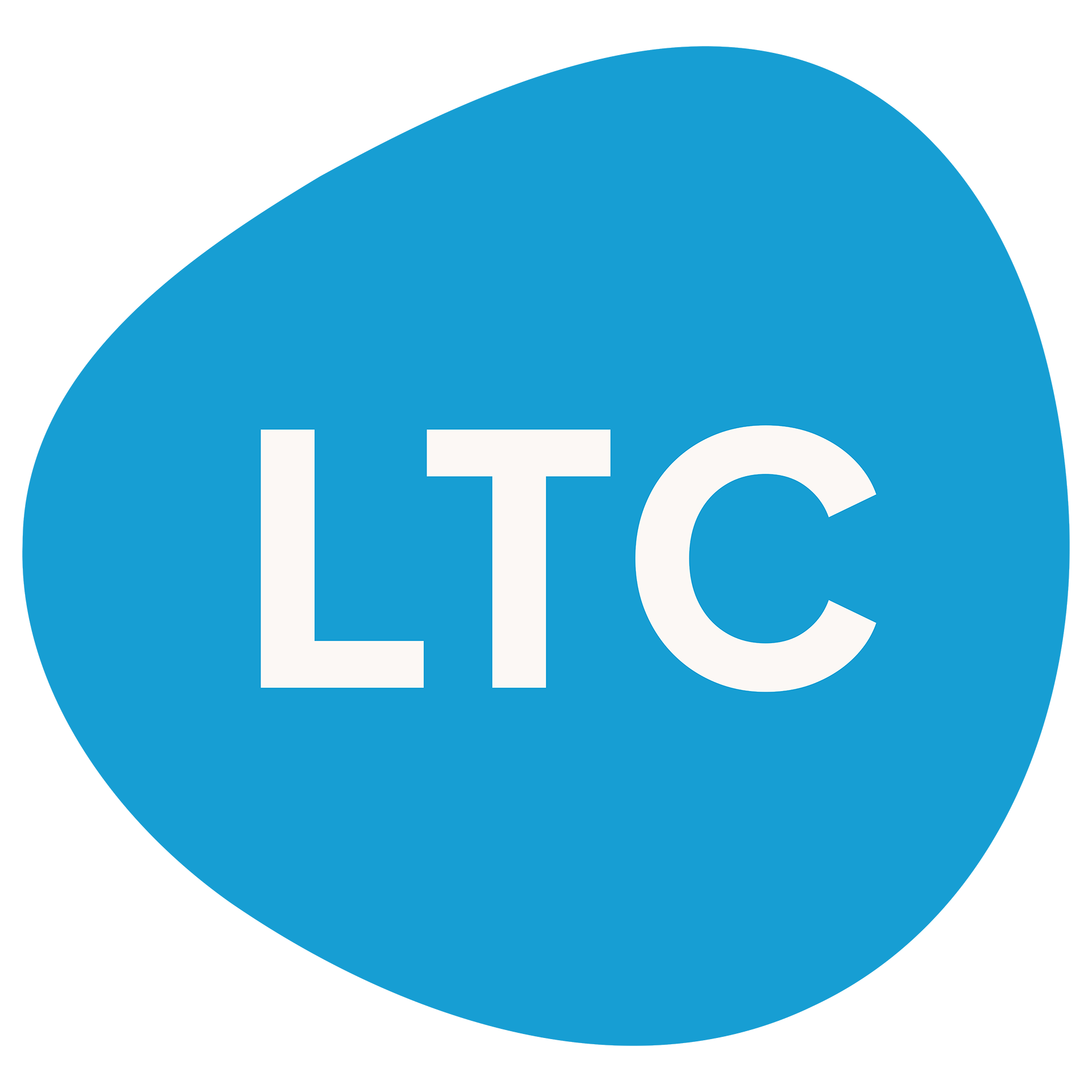One final twist: AI, often seen as the poster child for automation, might actually give us the chance to rehumanize education. By taking on repetitive, administrative tasks, AI can free teachers to do what humans do best: build relationships, spark curiosity, and inspire creativity.
Picture a classroom where teachers aren’t buried in grading but instead have time to dive into meaningful conversations, guide students through complex ideas, or explore unexpected learning moments.
In this vision, AI isn’t in the driver’s seat. We are, and even when the latest technological changes feel inescapable, we must remain at the head of our class. AI won’t determine the future on its own; it’s up to us as educators to ensure its place in learning is anything but inevitable.






